Electromagnetic Induction Applications For The Instrumentation Technician
- Home >
- articles >
- automation >
- induced voltage
Below is an induced voltage refresher followed by electromagnetic induction applications for Instrumentation Technicians.
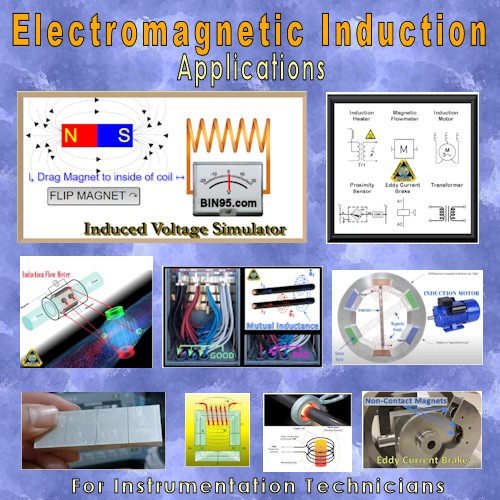
Instrumentation technicians are vital in many industries. They use their knowledge of electromagnetic induction to work on industrial devices. They maintain, troubleshoot, and calibrate them. Understanding induction is vital in instrumentation. Many industrial devices use it. First, here is a classroom refresher for those new to the concept.
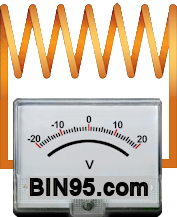
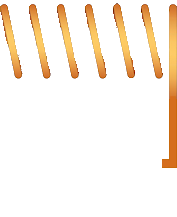
Induced Voltage Simulator
What is electromagnetic induction?
Electromagnetic induction is a voltage created by a magnetic field (EMF). It's a voltage produced by moving a magnetic field through a coiled conductor. Faraday's Law explains this with the following equation: EMF = -dΦ/dt, (Φ is magnetic flux).
What affects induced voltage?
One factor that affects induced voltage is the rate of change of the magnetic field. Faraday's Law says a faster-changing magnetic field creates a higher induced voltage. Moving a magnet with greater speed through a coil of wire will result in a higher voltage. A stronger magnetic field will also lead to a higher induced voltage.
The number of loops in the coil and the size of the coil also determine the induced voltage. A greater number of turns in the coil or a larger coil area will result in a higher induced voltage.
The voltage simulator shown above uses a bar magnet that you can move to the right through the coil. The faster you move the bar magnet back and forth through the coil, the higher the voltage generated.
What are self-induction and mutual induction?
Self-induction occurs when a change in current induces an EMF in a circuit. Inductors in electrical circuits use this principle. (EMF is short for electromotive force.)
Mutual induction occurs when the changing current in one circuit induces an EMF in a nearby circuit. This principle forms the basis of transformers.
Let's explore examples of how instrumentation technicians use their knowledge of electromagnetic induction.
Electromagnetic Induction Applications
Flow Meters:
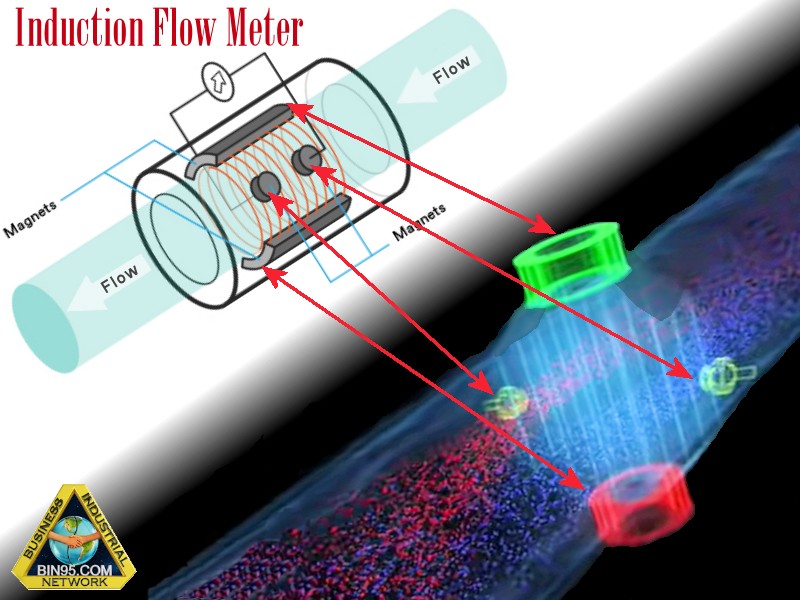
Instrumentation technicians often work with electromagnetic flow meters. Flow meters measure how fast liquids move through pipes. These meters rely on a scientific law called Faraday's Law of electromagnetic induction.
Technicians need to know about this law to fix problems. Meter signals, sensor placement, and electrical connections are examples. They must also adjust the flow meters to ensure they give the correct measurements. So, an understanding of how electricity and magnetism work together is essential.
Induction Motors:
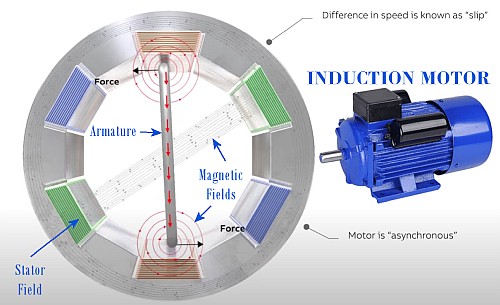
Instrumentation technicians encounter induction motors used in various machinery in industrial settings. These motors rely on induction to convert electrical energy into mechanical energy.
Technicians must use their knowledge of induced magnetic fields. They need it to diagnose motor performance issues. They troubleshoot common induction problems, such as irregular speed control or overheating. They may work with generators from time to time. The guiding principles are similar to those of the induction motor.
Some technicians test and maintain the insulation in the induction motors. Motor insulation is essential for optimal electromagnetic operation and motor efficiency. Motor insulation testing and maintenance are assigned primarily to motor repair shops.
Eddy Current Testing Equipment:
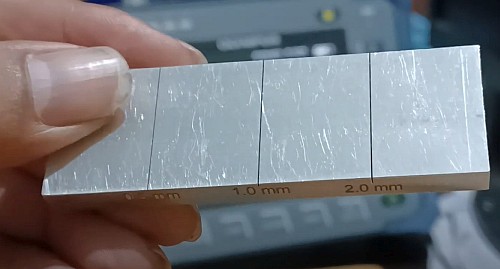
Instrumentation technicians in maintenance often use eddy current testing equipment. Quality control departments also use them. Eddy current instruments inspect metal components for cracks, corrosion, or material defects.
This non-destructive testing method uses induction principles. Technicians must be well-versed in the operating principles of eddy current testing equipment. That understanding enables them to interpret test results. Then, they can make informed decisions about the integrity of the inspected components.
Proximity Sensors:
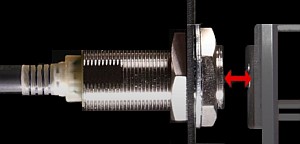
Proximity and inductive proximity sensors are commonplace in industrial automation. They detect a metal object's presence or absence. Instrumentation technicians are responsible for installing, configuring, and troubleshooting these sensors.
Technicians must understand electromagnetic fields. It helps them verify the proper functioning of metal proximity sensors. Understanding inductances helps identify and resolve issues related to sensing distances. It is crucial to assess environmental interference and target material variations.
Eddy Current Brakes:
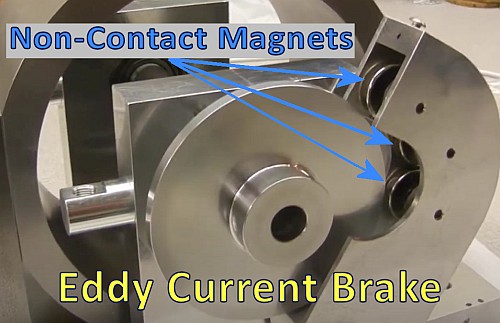
Instrumentation technicians may encounter eddy current brakes in specific industrial equipment. Equipment such as cranes and high-speed trains use eddy current brakes. They use magnetism to provide braking force without any mechanical contact or wear.
Technicians need to know electromagnetic principles to maintain eddy current braking systems. Maintenance tasks include adjusting the braking force, monitoring temperature effects, and conducting inspections.
3 Phase Wiring:

Additionally, instrumentation technicians work with high-amperage wiring. Understanding Faraday's Law is essential for safe and efficient power transmission. It requires knowledge of 3-phase wiring and electromagnetic induction to avoid issues.
Phases with different high amp loads in the same conduit can cause heating problems. Heat/amperage will increase in one leg due to mutual inductance. An example is high-amperage wiring run side by side for two or more motors. The symptom is that the wire from one leg is hotter than the others due to inductance across the cables.
Also, isolated phase installations can cause severe problems with metallic conduit. Isolated phase installation means phase A in one conduit, phase B in another, and phase C in a third.
Electrical Transformers:
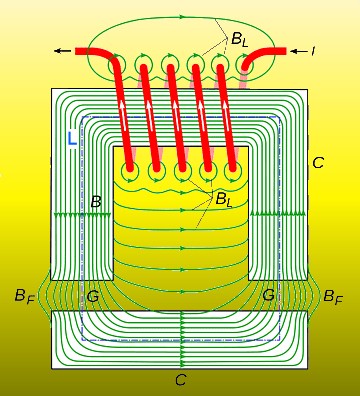
Instrumentation Technicians maintain transformers, which are fundamental components in electrical power systems. These technicians must understand the principles behind them. It's critical to assess transformer performance.
Techs diagnose potential issues related to electromagnetic induction. Eddy currents and hysteresis losses are two such issues. Then, the technician can perform preventive maintenance to optimize transformer efficiency and reliability.
An everyday use in process and manufacturing is high-current rectifier transformers for electrolysis. Other common uses, besides the plant's step-down transformers, are welding, electroplating, and thermoforming. A tech may also work with a circuit-level transformer from time to time. Including inside sensors and test equipment.
Induction Heating:
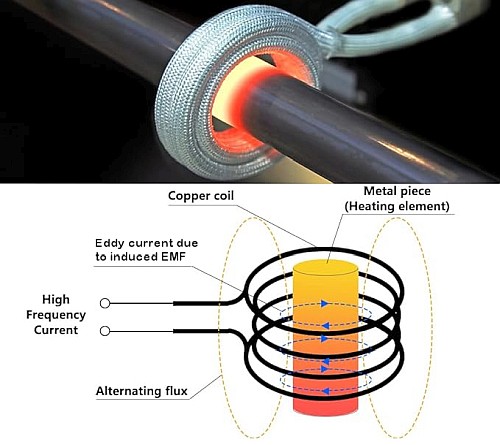
Induction heating relies on Faraday's Law. AC to the induction coil generates a varying magnetic field. The associated eddy currents heat the targeted device. From foundries to food manufacturing, most industries use induction heating in some form. The most common applications are annealing, forging, welding, and hardening metals and plastics. Food manufacturers use it for cooking and pasteurization. This feature is also useful when you need precise temperature control.
Induction Heating Examples:
- curing
- heat exchangers
- deicing
- activation of catalysts
- corrosion removal
- pyrolysis
Summary:
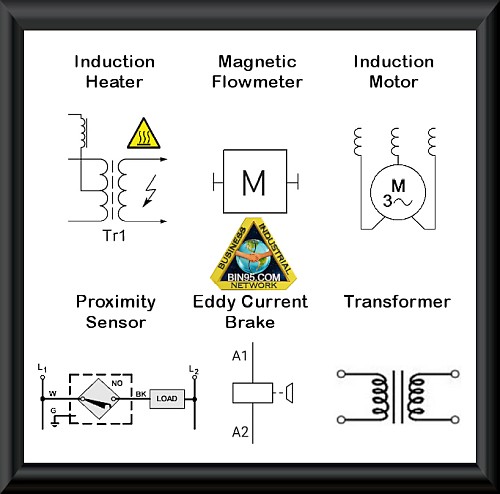
Applying electromagnetic induction principles occurs daily for most instrumentation technicians. This knowledge is applicable across diverse industrial sectors. From flow meters to eddy current brakes, this knowledge is essential. Essential for ensuring critical industrial systems' proper functioning and reliability. Instrumentation technicians play a vital role in safety and reliability in industrial environments. So, techs must hone their electromagnetic induction technology skills.
More related articles ...
Electrical and Instrumentation Technicians - Troubleshooting FAQ
Instrumentation and Process Control Training
Related training...
The Technician's Automation Training Course Bundle
Hazardous Area Instrumentation Course

